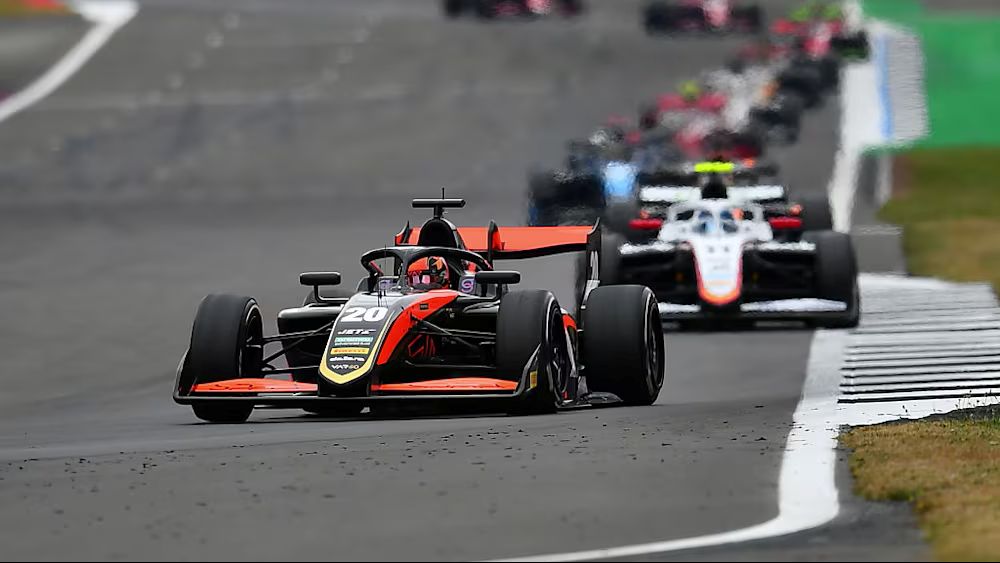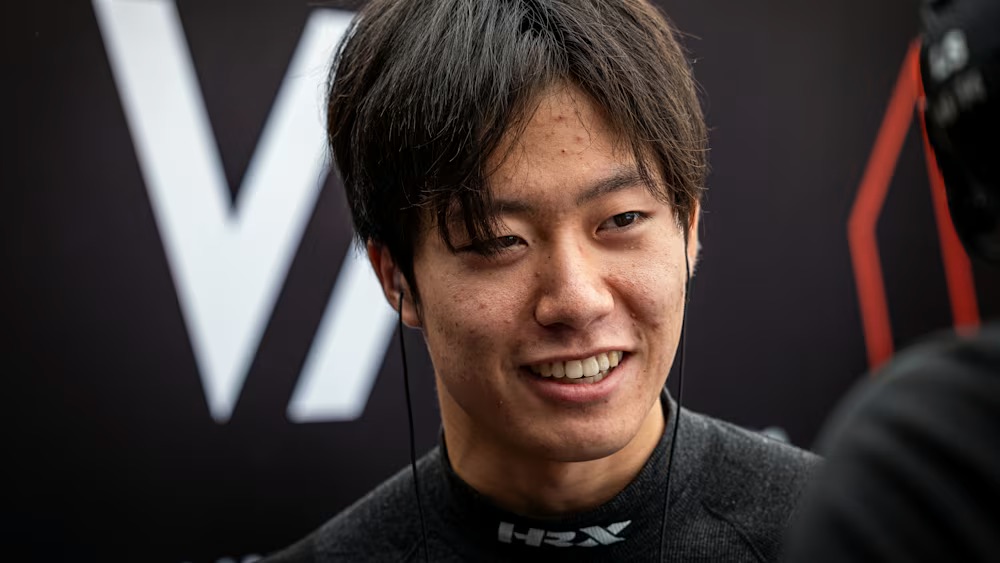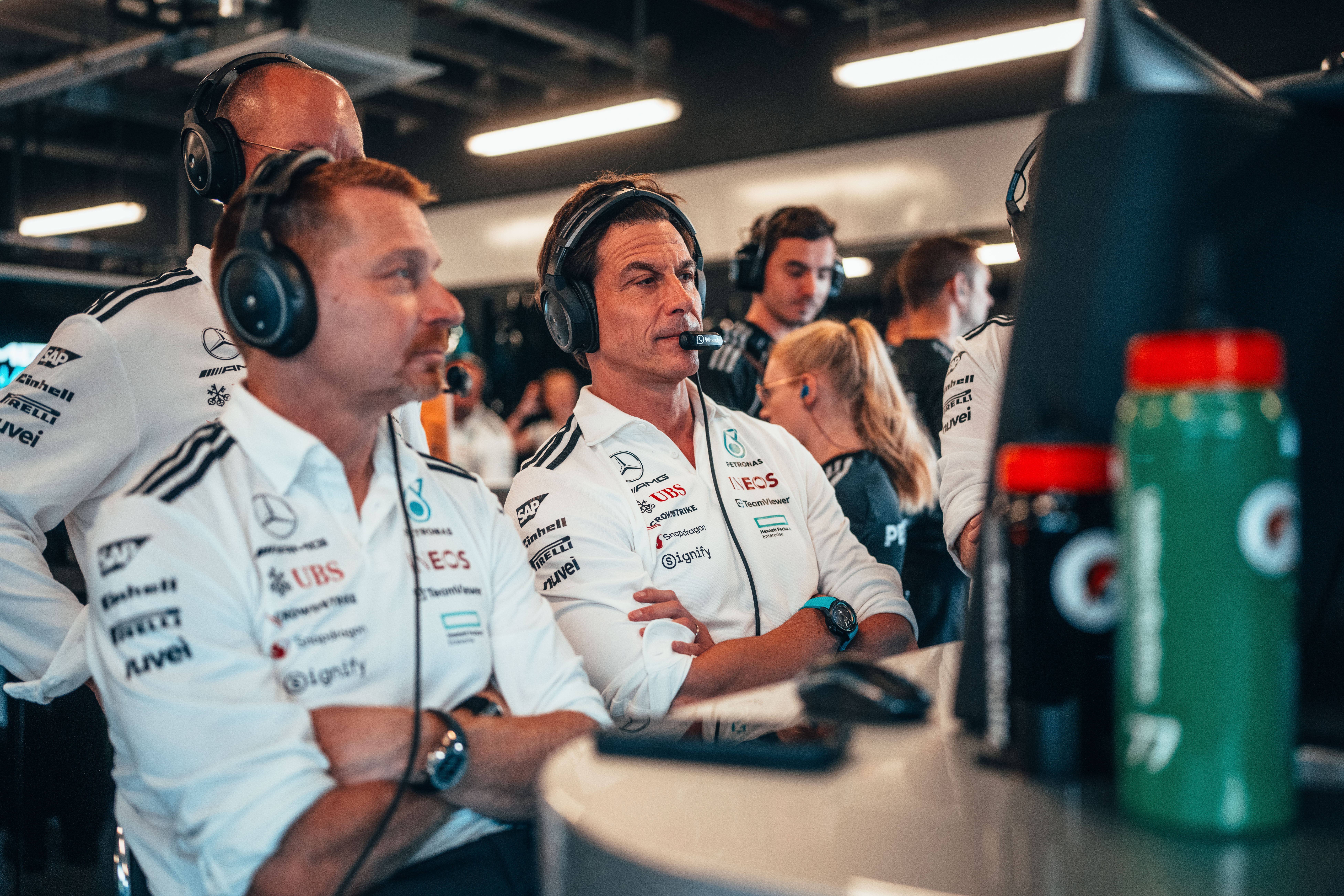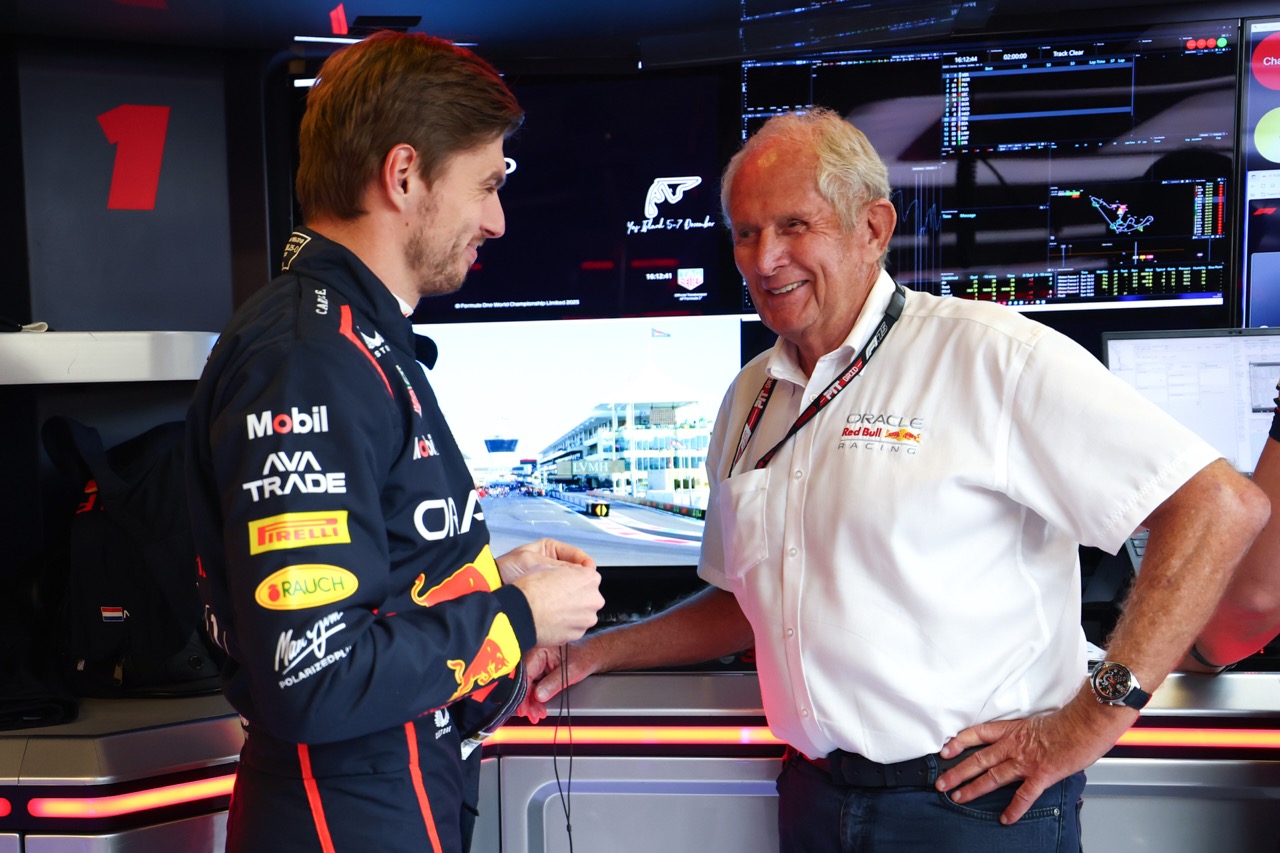With the recent European triple header and the Spielberg and Silverstone double header—Formula 3 teams have faced one of the most taxing stretches on the calendar. These back-to-back events test not only the technical preparedness of each outfit but also the physical endurance and mental resilience of their personnel. From drivers and engineers to mechanics and team managers, every individual plays a crucial role in sustaining performance. During a media session ahead of the Spielberg round, Pit Debrief spoke with Sam Waple, Team Manager at Rodin Motorsport, and Brad Joyce, Team Principal at Van Amersfoort Racing, to learn how their teams handle this high-pressure portion of the season—both from a strategic and human perspective.
Rodin: Competitive drive as a source of energy
For Rodin Motorsport, the approach to back-to-back race weekends starts with recognising the mindset of the people within the team. According to Team Manager Sam Waple, the relentless schedule can be draining, but the shared passion for competition tends to outweigh the fatigue.
“I think you will find even though it is gruelling, I think that a lot of people just want to keep going with it,” Waple explained. “I think we are all competitive people and everybody sort of lives and breathes it. So actually, when you get a triple header, you almost want to keep going.”
That desire to continue doesn’t come at the cost of staff wellbeing. Rodin implements deliberate measures to help people recover between events, offering rest days where possible. “We do give the staff a few days off, of course, to reset and get themselves back into the right mindset,” Waple said. “But it is generally a big push until the end of the season.”
The engineering team, however, often defies conventional ideas about switching off. “I think you will struggle to stop the engineers working,” Waple admitted. “They want to keep pushing and look at everything and carry on.” Their commitment reflects a broader culture where improvement never really pauses—rest may be scheduled, but the desire to analyse and optimise is constant.”
Drivers, too, are rarely idle. Waple said, “They will have their time to relax, but they are normally back training or they will be in the simulator and ready to go again. So really the downtime does not stop even after the triples. You just carry on until September, really.”
Van Amersfoort Racing: A short season demands sustained focus
At Van Amersfoort Racing, the team confronts the same intensity but frames it through the lens of opportunity. For Team Principal Brad Joyce, who stepped into the role in late 2024 after nearly two decades in Formula 1, the key lies in perspective. While the triple headers are certainly demanding, Joyce sees the overall structure of the F3 season as manageable when compared to longer calendars like F1.
“So they have a bit of recovery time, but then it is just like I said previously, it is just about pushing on, really. The F3 season, although you have that triple header, it is not that long a season.”
With only 10 rounds on the calendar, Joyce believes teams can afford to maintain a high level of intensity without burning out. “It is only 10 events. So it is not like Formula One, which is that intensity for 24 events. So I think you can maintain that level of pushing throughout that season up until the end of Monza, really.”
This philosophy aligns with the team’s broader cultural transformation under Joyce’s leadership—a shift toward sustained execution, collaborative spirit, and a focus on details. Just as technical improvements have helped Van Amersfoort Racing climb the F3 standings, the structured approach to workload management reflects the team’s evolution into a more mature, cohesive outfit.
Balancing resilience and recovery
In high-performance motorsport, where milliseconds matter, there is no true pause in the pursuit of perfection. Whether through a few days of rest or moments in the simulator, recovery is not about stopping but rather about recalibrating. Both Rodin and Van Amersfoort exemplify a culture where psychological fortitude and physical preparation are as integral to race success as technical upgrades and strategy calls.
As the season marches toward its conclusion, it is evident that enduring the physical and psychological toll of triple headers is less about relief and more about readiness—for the next challenge, the next race, and ultimately, the next opportunity to excel.





